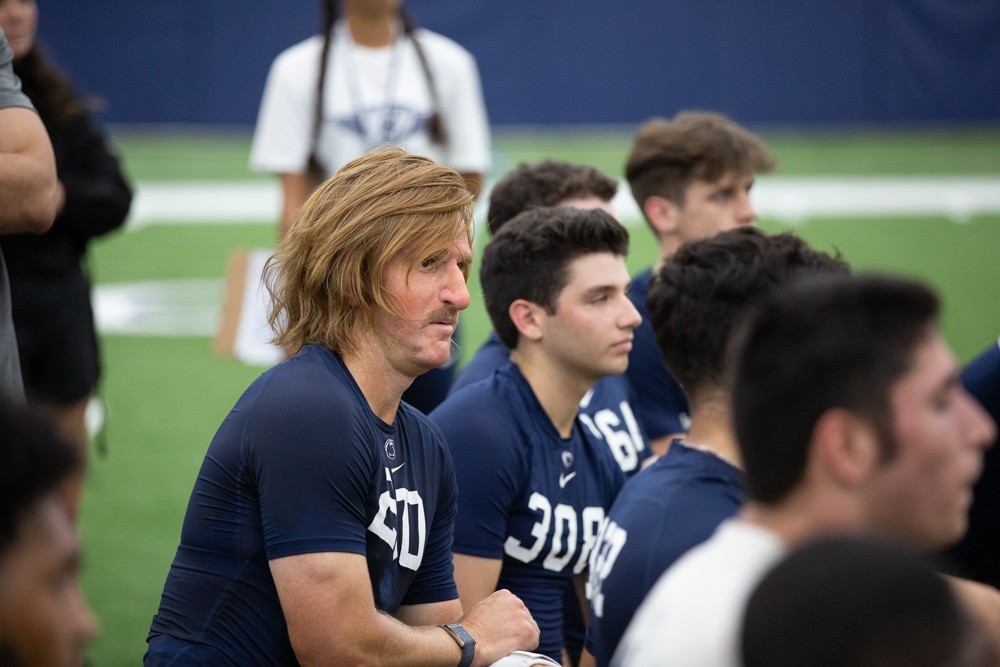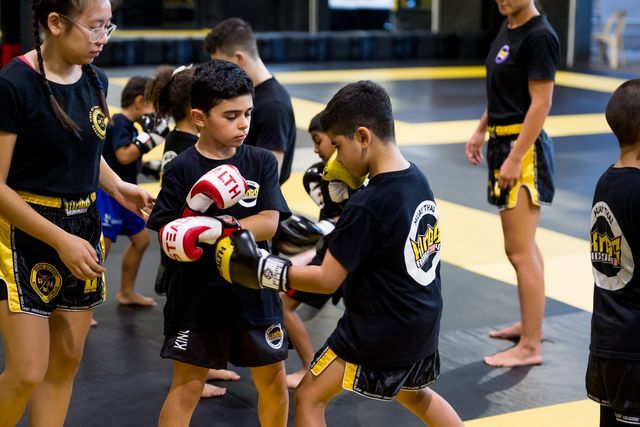Heal better with good nutrition
“The treatment for pain is in your food.”
Just a couple of days back, I went for a total human body checkup. I acquired an ‘A’ on my overall health card, but at the identical time found out that there was a small tear in my knee ligament. Promptly, I started to strategy how to handle it nutritionally and bodily nip it in the bud. Surgery is necessary often, and at other occasions, you require to develop surrounding muscle mass tissue to compensate for the hurt. So I would like to share with you my strategies on the value of nourishment in wound healing or personal injury-rehabilitation approach.
Phases of Normal Wound Therapeutic
Wound healing is composed of a coordinated sequence of collagen synthesis. It is the essential aspect of the extracellular matrix of your body’s ligaments, tendons and the skeletal method, and the most abundant protein in the human physique. The healing process is divided into 3 distinctive phases: inflammation, proliferation, and remodelling or maturation.
Inflammatory Section
The inflammatory section takes place quickly soon after a wound is inflicted and thromboxane A2 and prostaglandin 2a are produced by cell membranes. These strong vasoconstrictors result in a modest reflex vasoconstriction and reduction in bleeding.
In seconds, the clotting cascade is stimulated by the damaged endothelium and the presence of platelets, major to the development of a clot. The clot is composed of collagen, platelets, thrombin, and fibronectin the cytokines and expansion aspects appeal to neutrophils to the wound site which successively initiate the inflammatory reaction.
Tip: It is really very important to act rapidly by consuming collagen-prosperous and anti-inflammatory foodstuff like bone broth, turmeric, etc.
Proliferative Stage
The proliferative period of wound therapeutic normally happens on the fourth working day immediately after the personal injury is sustained. It is characterised by the early look of fibroblasts in the wound region.
There are four key actions in this stage:
(1) angiogenesis,
(2) epithelialisation,
(3) granulation, and
(4) tissue formation and collagen deposition.
Tip: Do not wait for two-a few months to consult a sports activities dietitian. Do so immediately within the up coming just one-two times on harm so that the dietitian can utilise the wound-therapeutic phase to give you the correct nutrition required.
Most athletes attain excess weight when recovering from personal injury. The calorie expenditure is reduced but the appetite to consume huge does not reduce. Also, athletes tend to binge eat owing to worry it effects in negative nourishment, fat achieve, and gradual restoration.
Remodelling or Maturation Section
The remodelling or maturation period ordinarily begins a 7 days just after the wound is inflicted. It may possibly continue for a 12 months or extended.
Idea: For collagen synthesis, incorporate meals like bone broth, chicken, omega-3 rich foodstuff like walnut, mackerel, chia seed, and Vitamin C abundant food items like lemon, orange, watermelon, pomegranate, amla and ginger+turmeric as portion of your day by day diet plan.
ALSO Read through – Ryan Fernando: One particular diet regime sizing does not in good shape all
Nutrient Specifications for Wound Healing Power
Energy is required for collagen formation and wound therapeutic. Glucose is the significant and the most productive gas supply for collagen synthesis. Specific energy demands depend on age, gender, diet standing, basal metabolic amount, human body mass index (BMI), action amount, worry of sickness, severity and number of wounds, sizing of the wound(s), and phase in the therapeutic course of action.
The quantity and kind of food stuff/liquid ingested daily need to be assessed often to assure that each and every personal fulfills his/her believed nutrient requires. Oral nourishment nutritional supplements can be used to aid accomplish these requires, combat body weight loss and undernutrition, and enrich wound healing.
Protein
Protein is vital for the synthesis of enzymes involved in wound healing, proliferation of cells and collagen, and formation of connective tissue.
All levels of wound therapeutic have to have protein provision of suitable protein is also required for good nitrogen equilibrium. Severe protein depletion benefits in diminished skin and facial-wound-breaking toughness, and increased wound-an infection costs. Improved protein ingestion is connected with improved wound healing rates. The suggested variety of protein linked with therapeutic is amongst 1.25 and 1.5 g/kg/d for people with chronic wounds. Last but not least, ample calories ought to be furnished to prevent protein from staying made use of as an vitality gasoline.
Amino Acids
Glutamine is the most ample amino acid in the plasma.
Glutamine is a nitrogen donor for the synthesis of other amino acids. It is essential for gluconeogenesis, supplying fuel through wound therapeutic. After harm, glutamine stages in the plasma and muscle mass slide speedily. The suggested dose of supplemental glutamine for wound healing in older people is .57 g/kg/d. Which implies that an typical 70kg person wants to take in eight teaspoons of glutamine powder to satisfy the advised dose.
Excess fat
The job of fats in wound therapeutic has not been examined sufficiently. On the other hand, it is very well-regarded that with injury there is an elevated want for necessary fatty acids. Omega-3 fatty acids have anti-inflammatory steps.
ALSO Read – Robust nourishment system key to job longevity
Drinking water
Making sure suitable water consumption is necessary for perfusion and oxygenation of nutritious and healing tissues. On top of that, avoidance and treatment of pores and skin breakdown involves optimum fluid intake. Studies suggest that if hypoxia is current, therapeutic of acute wounds may possibly be compromised. Tips for every day fluid ingestion are 30 mL/kg or 1 to 1.5 mL/kcal consumed. Elevated fluid calls for exist in sufferers getting a high protein consumption.
Nutritional vitamins
Conventional multivitamins with minerals are advised for clients with wounds and if deficiencies are confirmed or suspected. Two natural vitamins — A and C — are significantly crucial in wound therapeutic.
Vitamin A
Vitamin A performs an vital position in wound therapeutic for the duration of the inflammatory period. Vitamin A stimulates the immune program by raising the quantity of macrophages and monocytes in the wound through inflammation.
Vitamin A has also been demonstrated to greatly enhance wound therapeutic by stimulating epithelialisation and escalating collagen deposition by fibroblasts. The DRI for everyday Vitamin A usage is 700 mg/d for females and 900 mg/d for males (2,310 and 3,333 IU, respectively). To increase wound therapeutic in wounded individuals, documented suggestions involve a array from 10,000 to 50,000 IU/d orally or 10,000 IU intramuscularly for 10 days.
Vitamin C
Vitamin C functions in the synthesis of collagen connective tissue protein. Vitamin C supplementation at 100 to 200 mg/d is proposed for patients who have Vitamin C deficiency or wounds, which include Stage I or II strain ulcers.
Micronutrients
Micronutrients are crucial to mobile metabolic rate, specially throughout wound healing. Especially, trace things and minerals act as cofactors or participate in enzymes important for wound mend.
Magnesium
Magnesium interacts with adenosine triphosphate to assist the processes for collagen synthesis throughout wound therapeutic.
Zinc
Zinc is expected for the catalytic action of roughly 100 enzymes, together with metalloproteinases, and plays a job in immune function, DNA synthesis, protein and collagen synthesis, mobile proliferation, and wound healing.
Zinc supplementation is encouraged only in the existence of zinc deficiency. The suggestion for zinc supplementation to improve wound healing is up to 40 mg (176 mg zinc sulfate) for 10 days. Zinc sulfate 220 mg 2 times day-to-day (25-50 mg elemental zinc) has been made use of as a common adult oral replacement dose. Excessive zinc interferes with iron and copper absorption, and can guide to deficiency of these essential minerals.
It is clear that nourishment performs a essential part in wound therapeutic. All patients with wounds ought to be nutritionally assessed and have their treatment method managed by a multidisciplinary staff.







